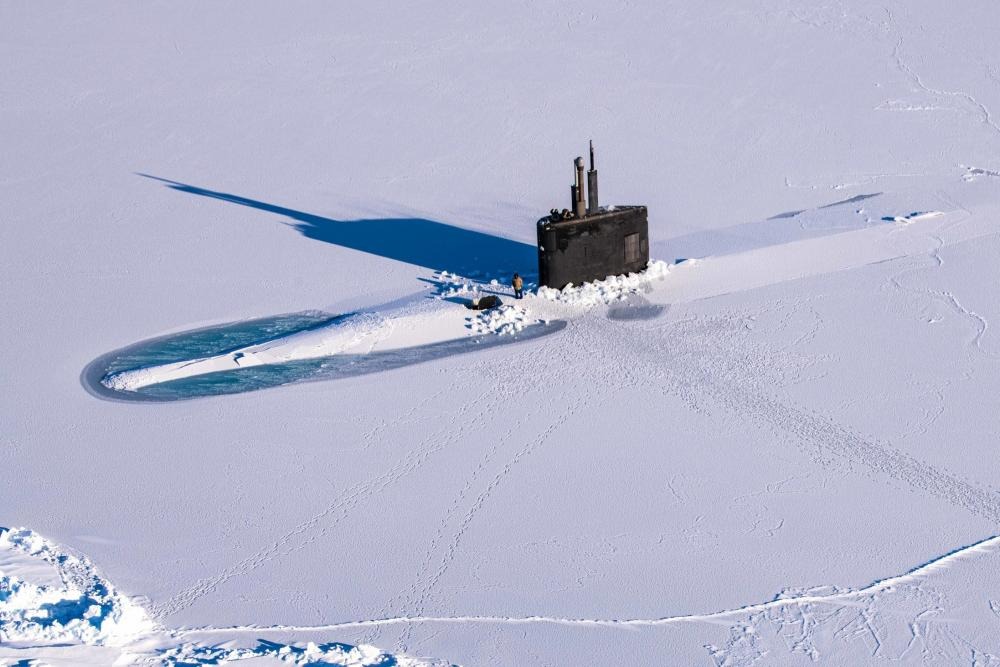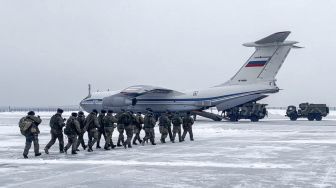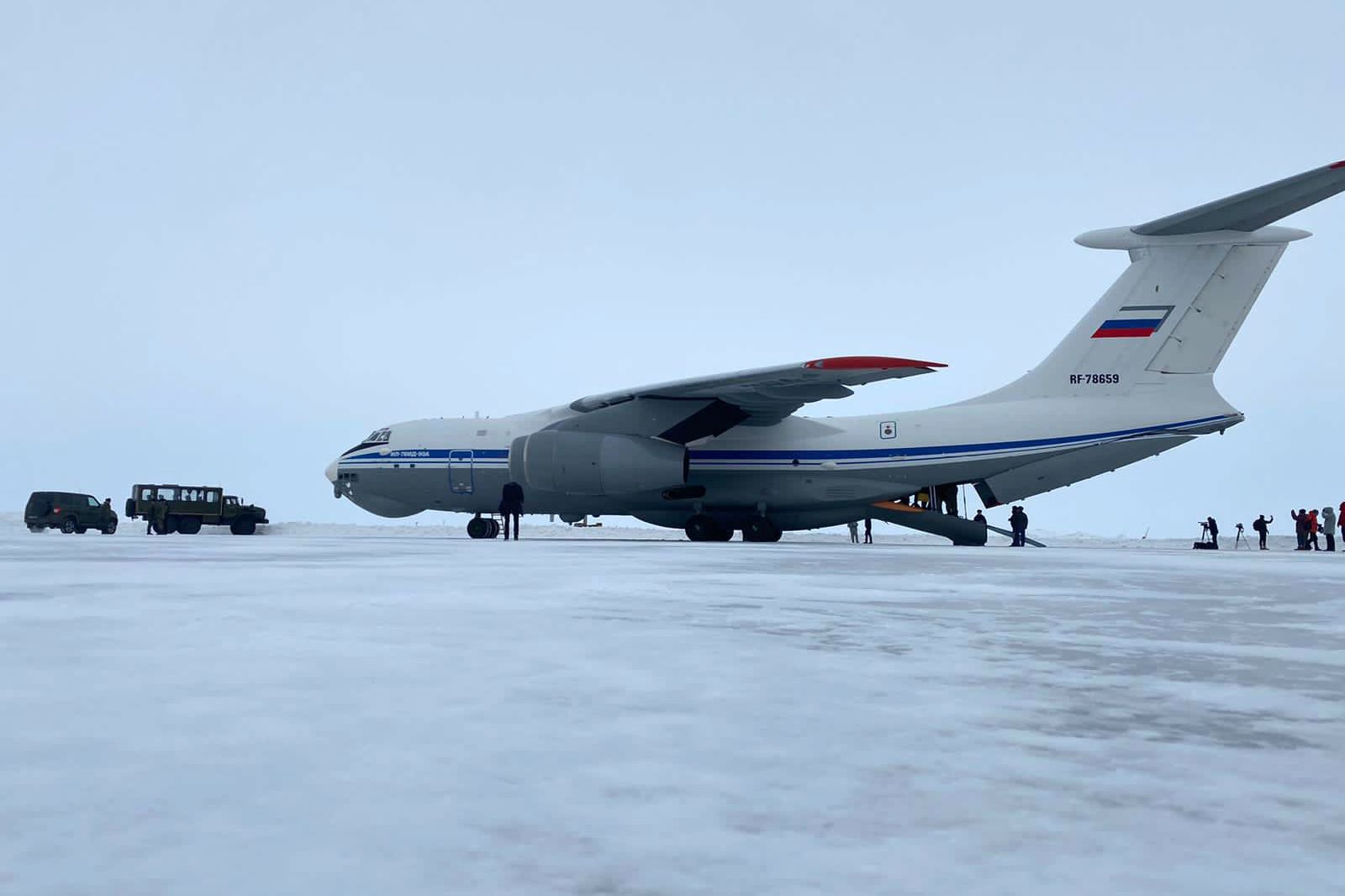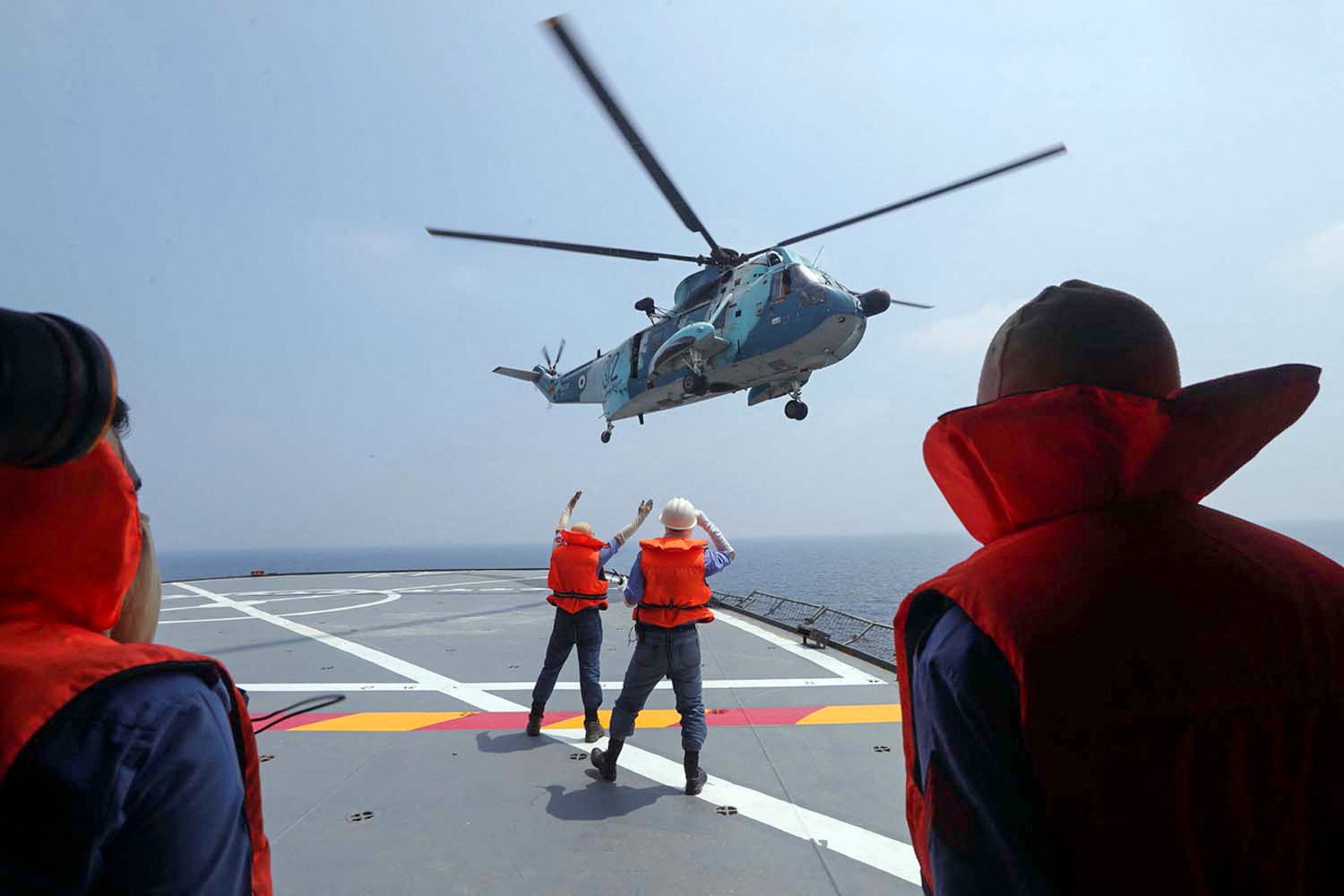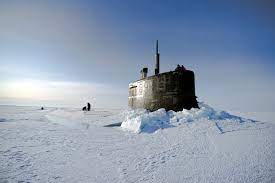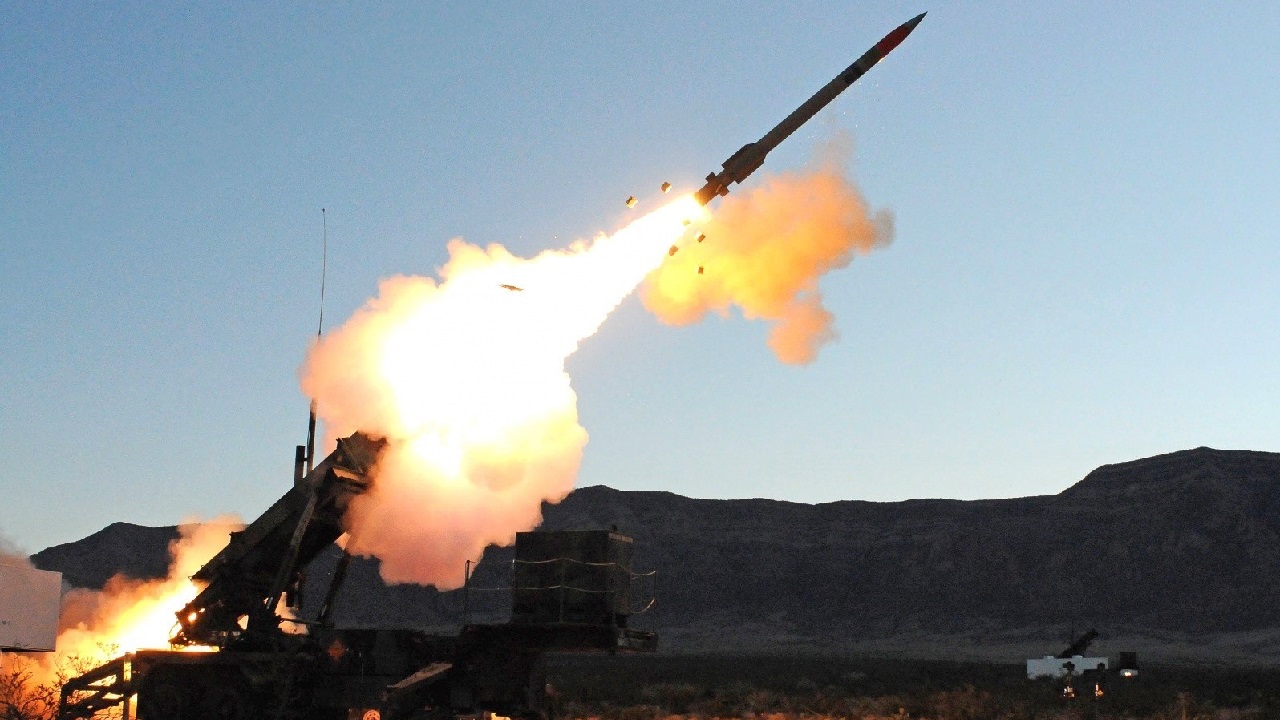The Arctic Is the New Spot for NATO and Russia to Flex Their Military Muscle

The melting of the Arctic ice has created opportunities for resource extraction, including oil, natural gas, and minerals, which has sparked a race among countries to exploit these valuable resources. As a result, the Arctic has become an area of significant economic importance, and countries are keen to establish their presence and protect their claims.
NATO, an intergovernmental military alliance primarily composed of North American and European countries, recognizes the strategic significance of the Arctic region. Several NATO member states, including the United States, Canada, Norway, Denmark, and Iceland, have territory in the Arctic and have been increasing their military capabilities in the region. NATO’s focus on the Arctic is driven by concerns over Russian military buildup and its potential to control key sea routes and resources.
Russia, on the other hand, has a long history of Arctic presence and considers the region as part of its national security and economic interests. It has invested heavily in developing its Arctic infrastructure, including military bases, airfields, and icebreakers. Russia sees the Arctic as a vital transportation route for its exports and views the region as an extension of its strategic depth.
The competition between NATO and Russia in the Arctic has led to a series of military exercises, deployments, and show of force. NATO has conducted joint exercises in the region, focusing on enhancing interoperability and preparedness among its member states. The alliance has also increased its surveillance and reconnaissance activities to monitor Russian military movements in the Arctic.
Russia, in response, has ramped up its military presence and conducted large-scale military drills in the Arctic. It has deployed advanced weaponry, including air defense systems and long-range missiles, to demonstrate its capabilities and deter any potential threats. Russia has also strengthened its Northern Fleet and established a unified strategic command to oversee its operations in the Arctic.
The growing military activities in the Arctic raise concerns about potential miscalculations, accidents, and a further escalation of tensions between NATO and Russia. The region’s harsh environmental conditions and limited infrastructure pose significant challenges for military operations, increasing the risks of accidents or misunderstandings that could spiral out of control.
Efforts to address these concerns have been made through diplomatic channels and agreements. The Arctic Council, a forum for promoting cooperation among Arctic states, provides a platform for dialogue and negotiation. However, tensions persist, and the militarization of the Arctic continues to shape the security dynamics in the region.
In conclusion, the Arctic has become a new theater for military competition between NATO and Russia. The melting ice caps and the potential for resource extraction have intensified the strategic importance of the region. As NATO seeks to protect its interests and ensure freedom of navigation, Russia aims to assert its dominance and secure its economic and national security objectives. The militarization of the Arctic raises concerns about the potential for escalation, emphasizing the need for dialogue and diplomatic efforts to manage tensions and promote cooperation in this fragile and rapidly changing environment.
Hits: 1
